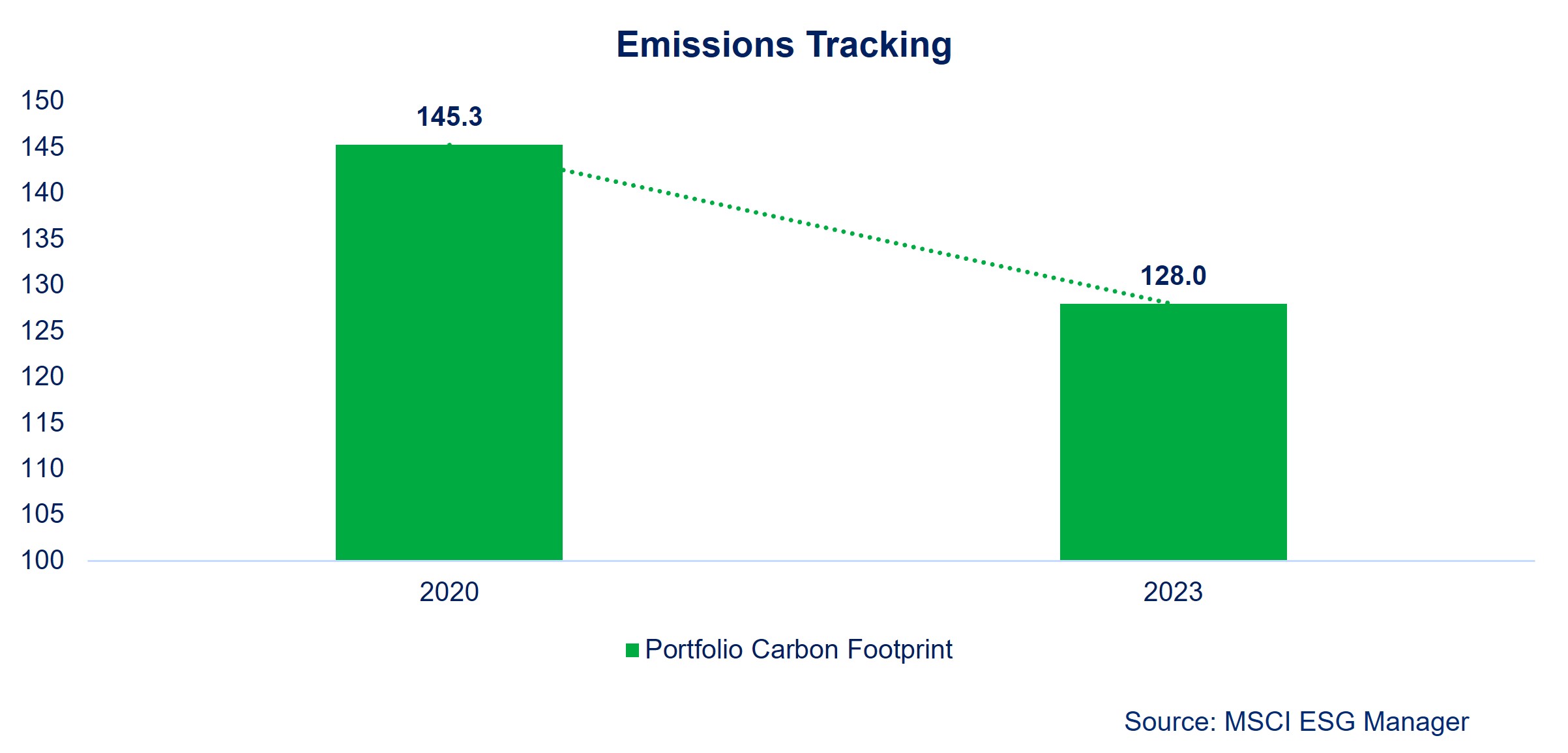Our sustainable investment philosophy
The University has appointed Mercer Investments (Australia) Limited (Mercer) as our Implemented Consultant. Mercer's expertise includes intergrating Environmental, Social and Governance issues (ESG) into portfolios, ensuring effective investment stewardship, selecting and monitoring investment managers, providing strategic advice, constructing portfolios, and making tactical asset allocation (or rebalancing) decisions. As a founding signatory to the United Nations Principles of Responsible Investment (PRI) since 2006, Mercer is a leader in responsible investment.
Where relevant and aligned, Mercer seeks to implement the following key techniques to achieve our sustainable investment objectives:
- Integrating ESG considerations into investment processes'.
- Seeking to make investments linked to sustainability-themes.
- Integrating climate change considerations into investment processes.
- Undertaking active ownership activities, which encompasses engagement and proxy voting.
- Seeking to avoid certain investments.
UWA will endeavour to monitor Mercer’s sustainable investment and ESG approach through appropriate due diligence and reporting. In addition, UWA holds regular meetings with Mercer to ensure that a sustainable investment approach is being applied and integrated across our investments.
This report provides an overview of key ESG considerations applied to the UWA portfolio managed by Mercer as of December 2023.
UWA believe a sustainable investment approach is likely to create and preserve long-term investment capital since:
- ESG factors can have a material impact on long-term risk and return outcomes;
- Climate change poses a systemic risk, given the potential financial impacts of the associated transition to a low-carbon economy and the physical impacts of different climate outcomes; and
- Stewardship (or active ownership) supports a stakeholder expectation to be good stewards of capital and assists the realisation of long-term shareholder value.
The University’s Investment Policy Statement (IPS) sets out UWA’s overall philosophy, commitment and methodology for addressing ESG factors within the University’s Investment Portfolio. Section 13 of the IPS outlines UWA’s ESG commitments, specifically to:
- Integrate ESG factors through the Implemented Consultant’s* portfolio oversight on systemic risks linked to ESG, assessing Investment Managers and assigning ESG ratings and actively engaging with Investment Managers to encourage improvement.
- Exercise our ownership rights, including company engagement and share voting in a manner consistent with active ownership and stewardship of the invested assets, via the Implemented Consultant.
- Assess climate change-related risks and opportunities in our investments and to manage them accordingly with the Implemented Consultant expected to report on carbon metrics and reduction strategies, active ownership, investment in sustainability themes, and disclosure consistent with the Taskforce on Climate-related Financial Disclosures (TCFD).
- Assess and address modern slavery risk as part of the investment process via the Implemented Consultant and Investment Managers, consistent with the Modern Slavery Act 2018 requirements.
- Exclude specified investments via the Implemented Consultant, and monitor and respond to significant issues such as human rights abuses, labour rights abuses, severe environmental pollution and corrupt business practices.
*UWA’s Implemented Consultant is Mercer. Mercer provides investment services including investment research, strategic investment advice and the implementation of approved investment strategies through a select range of investment products.
At a glance*
Active ownership
Mercer (UWA’s Implemented Consultant) voted at 99% of Australian and global meetings
Carbon footprint
The weighted average carbon intensity for UWA’s investment portfolio is 24.9% below benchmark.
Exclusions
UWA’s investment portfolio excludes tobacco and controversial weapons.
Our investment approach

We believe a sustainable investment approach is likely to create and preserve long-term investment capital since:
- ESG factors have a material impact on long-term risk and return outcomes and should all be integrated into the investment process;
- Climate change poses a systemic risk, and investors must consider the potential financial impacts of both the associated transition to a low-carbon economy and the physical impacts of different climate outcomes; and
- Stewardship (or active ownership) supports a social obligation to be good stewards of capital and assists the realisation of long-term shareholder value.





